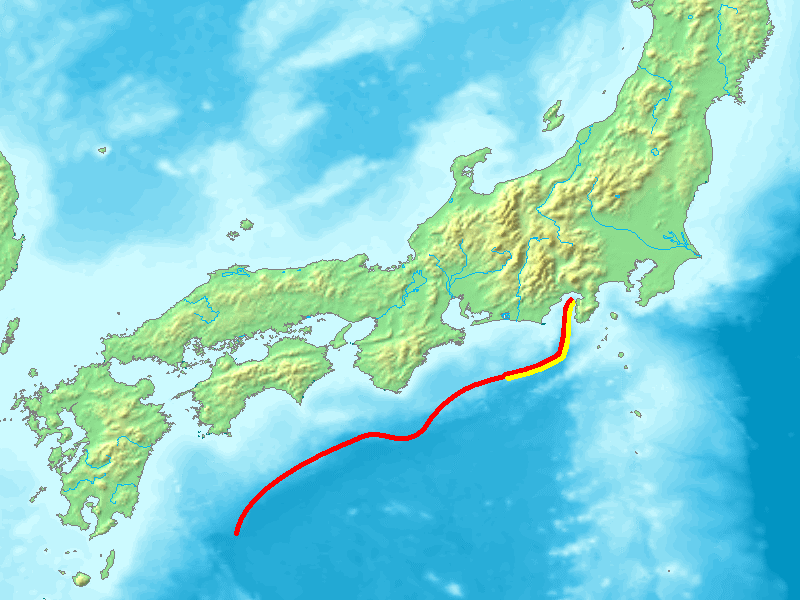At a Glance
- A recent study proposes that Egypt’s 31 pyramids, including the Giza complex, were originally situated along a now-buried 64-km-long branch of the Nile River.
- Researchers identified the potential location of this ancient river branch, named “Ahramat,” using satellite imagery, geophysical surveys, and sediment cores, revealing river sediments and former channels beneath the modern land surface.
- The study suggests that the river branch migrated eastward and eventually silted up around 4,200 years ago, possibly due to increased windblown sand from a major drought, contributing to its relocation.
- This discovery explains the concentration of pyramid fields near Memphis. It indicates the river branch may have been used to transport construction materials, as shown by causeways leading to its proposed banks.
- The study highlights the Nile’s historical importance as a transportation route and cultural artery, emphasizing the impact of environmental changes on ancient societies and the need for further research to uncover additional extinct Nile branches for archaeological exploration.
A recent study has unveiled a groundbreaking discovery shedding light on the mysterious concentration of Egypt’s 31 pyramids, including the renowned Giza pyramid complex, along a narrow desert strip. The findings, reported in Communications Earth & Environment, suggest that these ancient structures may have been initially situated along a 64-km-long branch of the Nile River, now buried beneath farmland and desert.
Researchers, led by Eman Ghoneim and colleagues, utilized satellite imagery, geophysical surveys, and sediment cores to identify the possible location of the former river branch. They have proposed naming it “Ahramat,” which means “pyramids” in Arabic. The study revealed the presence of river sediments and former channels beneath the modern land surface, indicating the existence of this ancient Nile branch near the pyramid fields.
The study’s authors speculate that the migration of the river branch eastward and eventual silting up, possibly due to increased windblown sand linked to a major drought around 4,200 years ago, may have contributed to the river’s relocation. This significant discovery provides a potential explanation for the concentration of the pyramid fields near the ancient Egyptian capital of Memphis. It suggests that the river branch may have been utilized for transporting construction materials, as evidenced by the causeways leading to its proposed riverbanks.
The study underscores the historical significance of the Nile as a vital transportation route and cultural artery for ancient Egyptians while also highlighting the profound impact of environmental changes on human society. The researchers emphasize the importance of further research to identify additional extinct Nile branches, which could aid in prioritizing archaeological excavations along their banks and safeguarding Egypt’s rich cultural heritage.
References
- Ghoneim, E., Ralph, T. J., Onstine, S., El-Behaedi, R., El-Qady, G., Fahil, A. S., Hafez, M., Atya, M., Ebrahim, M., Khozym, A., & Fathy, M. S. (2024). The Egyptian pyramid chain was built along the now abandoned Ahramat Nile Branch. Communications Earth & Environment, 5(1), 1–13. https://doi.org/10.1038/s43247-024-01379-7
- Nature Publishing Group. (2024, May 16). Discovery may explain why Egyptian pyramids were built along long-lost Ahramat branch of the Nile. Phys.Org; Nature Publishing Group. https://phys.org/news/2024-05-discovery-egyptian-pyramids-built-lost.html










